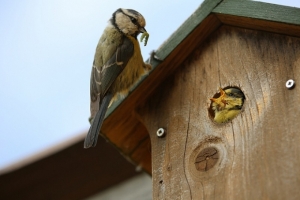ALBUQUERQUE, N.M. — After 15 years of effort by myriad citizens, two outdoor lighting task forces (the last of which I was a member) and thousands of hours of effort, it is time that Rio Rancho enact an outdoor lighting ordinance as so many other cities in New Mexico and around the country have done.
Living in a glare of our own making called “light pollution,” we have cut ourselves off from our evolutionary heritage — the light of the stars and the rhythms of day and night.
Darkness is essential to the biological welfare of all living things.
The American Medical Association passed a resolution in 2009 recognizing light pollution issues linked with health and safety. Glare from streetlights and intrusive light trespassing into our homes and bedroom windows is being linked to higher rates of cancer and other health problems.
Unsafe driving conditions also result from excessive glare on and along roadways. And the growth, behavior and survival of nocturnal species is being hurt by the disruption of the natural cycle of darkness.
Light pollution is largely the result of poorly designed light fixtures allowing light to shine outward and upward where not necessary (we don’t park our cars above light poles and burglars don’t float above the ground) instead of focusing light downward.
Read the full story: Albuquerque Journal


